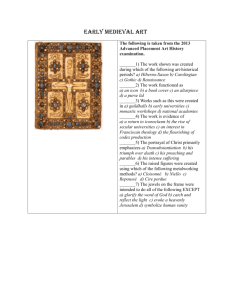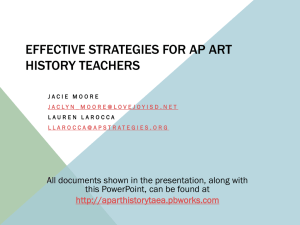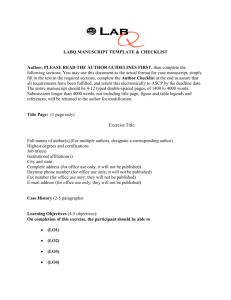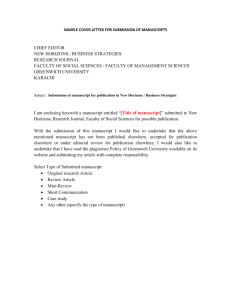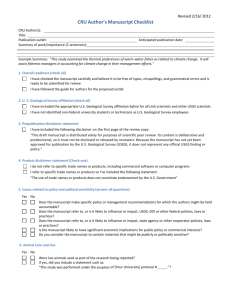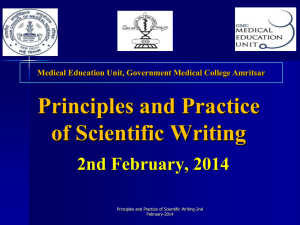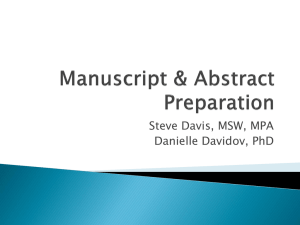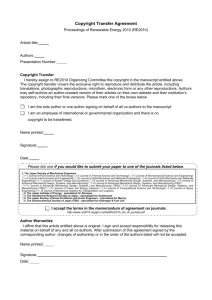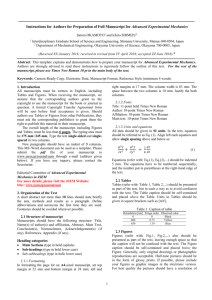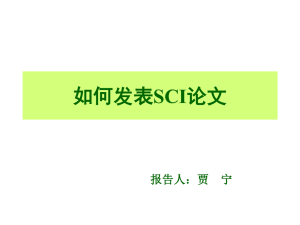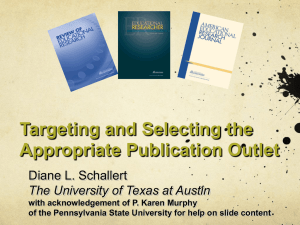Exam Short Answer Writing Practice Questions
advertisement
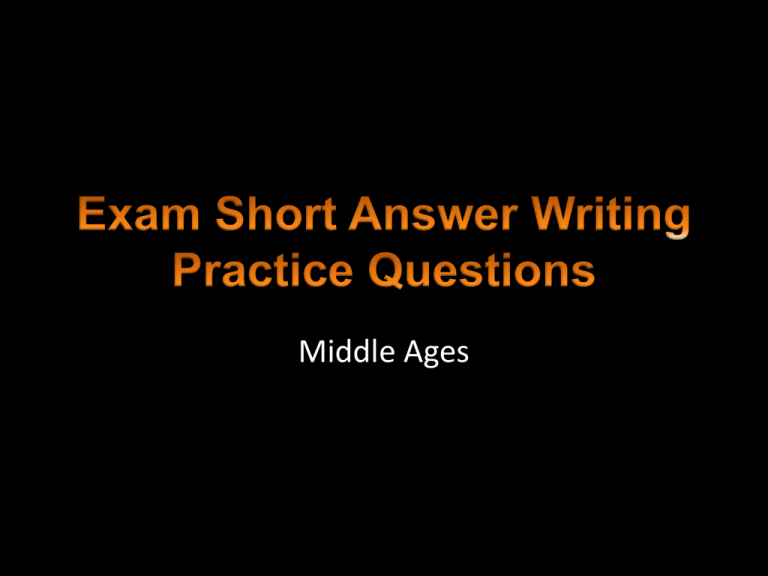
Middle Ages Attribute the work to a specific art-historical period. Justify your attribution by discussing specific characteristics of the work that are commonly associated with that art-historical period. (10 Minutes) The work shown is a 6th Century ivory relief depicting Saint Michael the Archangel. Which elements tie the work to the Classical tradition? Which elements deviate from the Classical tradition? (5 Minutes) The building shown is the Dome of the Rock in Jerusalem. With which religion is the building directly associated? Discuss the building’s structure and ornamentation in relation to its religious significance. (5 Minutes) The slide shows a manuscript page. Identify the culture in which the manuscript page was made. How is the manuscript page characteristic of its culture? (5 Minutes) The two works shown were made in the same period, about 100 years apart. Identify the period. Explain how the two works exemplify developments in sculpture during that period. Refer to specific characteristics of both works to support your answer. (10 Minutes) The slides show a plan and an interior view of Charlemagne’s Palatine Chapel in Aachen, circa 800 C.E. The building contains deliberate references to earlier architecture. Name at least one earlier architectural period referenced in the Palatine Chapel. Identify one significant way in which the Palatine Chapel reinterprets architectural elements of that earlier period and explain why. (10 Minutes) Identify the medium and art-historical period of the object shown. Explain the religious and visual reasons for the extensive use of this medium during its period. (5 Minutes) The work shown is Early Christian. Discuss the characteristics of the work that reveal its Classical sources. (5 Minutes) The slide on the left shows a portal with a tympanum representing the Last Judgment. The slide on the right shows a detail of that portal. Name the art historical period of the portal. Discuss the relationship between the placement of the tympanum and its iconography. (5 Minutes) Identify the culture or style of the manuscript page on the right. Discuss the art historical relationship between the two works shown. (10 Minutes) Identify the art historical period of the manuscript illustration shown. Discuss the artistic styles evident in the work. (5 Minutes) The following passage was written by Abbot Suger (1081-1151): Moreover, it was cunningly provided that…the old (church) should be equalized, by means of geometrical and arithmetical instruments, with the central nave of the new addition; and, likewise, that the dimension of the old side aisles should be equalized with the dimensions of the new side aisles, except for that eloquent and praiseworthy extension, [in the form of] a circular string of chapels by virtue of which the whole [church] would shine with the wonderful and uninterrupted light of most luminous windows, pervading the interior beauty. The apse of the building Suger is describing is shown in this plan and interior view. What new architectural style does the building introduce? Referring to both the plan and the interior view, explain how the apse reflects Suger’s description. (10 Minutes) The slides show a mosque and its plan. In what ways does this mosque accommodate the religious requirements of Islam? (5 Minutes) 1. Works of art often combine images with text. Choose and fully identify two specific works made after 500 C.E. that combine images with text. The works must come from different art historical periods. Note: Do not choose works with the text consisting only of names, labels, or artists’ signatures. Discuss the relationship between text and image in the two works you have chosen. 2. The visual representation of deities and holy personages is a feature of religious beliefs and practices throughout the world. Select and fully identify two examples of representations of deities or holy personages, in any medium, from two different cultures. At least one of your choices must be from beyond the European tradition. Using specific visual evidence, analyze each work in relation to the religious beliefs and practices within its culture.
